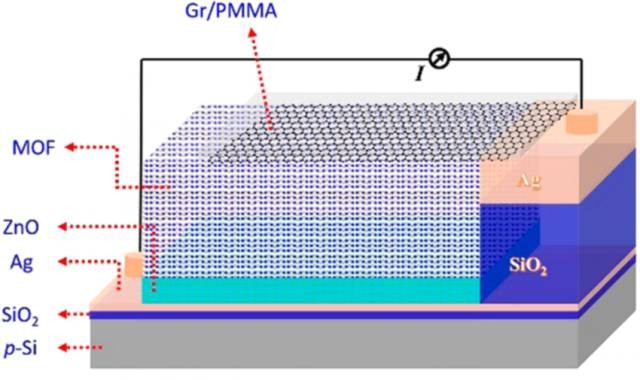Some people say, "According to market demand, we must continue to develop new products, take the initiative to explore the industry, use product innovation to find market breakthroughs, and make good technical reserves in advance, leading the industry's cutting-edge technology, in order to be invincible." In this regard, Xiao Bian first deeply agrees that enterprises and units that can have such awareness and put into action will not be able to do anything big. And this truth, naturally, is universally applicable, including the LED industry. Nowadays, there are fewer and fewer rare earth elements in the production of LED raw materials. It has been put on the agenda to develop a new LED that avoids rare earth elements. Osram is reported to be planning to use funds for LED wafer factories. Switched to iris scanning technology such as IRLED; Kyocera and high-end furniture brand Arflex Japan jointly developed lighting fixtures that use LED light sources with wavelength characteristics close to sunlight; Sony demonstrated its CLEDIS screen technology, which is described as a new technology that can challenge OLED; Podium Aerospace's Podium Aerospace Division recently announced details of a reflective material sensor (RMS) system that uses light reflectance to detect ice accumulation; it is reported that Apple will first acquire a mature Micro- in the second half of 2017. LED display ; Saphlux has developed a new technology that can directly grow semi-polar gallium nitride on standard large-size sapphire substrates, solving the mass production problem. Xiaobian today brought you a lot of new and exciting information related to LED technology . 1. New materials for white LEDs greatly improve luminous efficiency LED products are gradually gaining popularity, but rare earth elements in the raw materials for making LEDs are becoming less and less. In order to solve this problem, some scholars have begun to study a new type of LED made by avoiding rare earth elements, such as using graphene to rewrite the current white LED technology. The current white LED, also known as white light diode, its white light is mainly realized by single crystal and polycrystalline. However, neither of these processes can avoid the use of rare earth elements. Among them, the former is composed of a single blue LED and a yellow phosphor on its surface, and the combination of the yellow light of the phosphor and the blue LED produces white light. The latter is packaged by LEDs of different colors, showing white light in complementary colors. Recently, Taiwanese researchers have pointed out that the use of materials other than rare earth elements can also produce LED products that can emit white light. This LED is based on an alkali metal ruthenium, and a metal organic framework (MOF) is built. Graphene and other materials are combined on the upper and lower sides of the MOF to form an LED that can directly emit white light. MOF is formed by the combination of metal ions and organic materials. It has been widely used in the fields of chemical separators, drug delivery, gas storage, and catalysis for the past 20 years. However, because MOF is generally porous and has poor conductivity, it has not been used in the field of optoelectronics. On the periphery of the MOF material, the researchers also combined graphene, silicon dioxide, and zinc oxide to make them electrically lightable. It can be said that the use of MOF materials to manufacture light-emitting devices has given people a new idea. 2, Osram or the huge investment in IR LED and other iris scanning technology According to industry insiders, Osram plans to transfer funds originally used for LED chip factories to IR scanning technologies such as IRLED. Depending on the size of the demand for iris identification products such as IR LEDs, depending on the smart phone manufacturer and the virtual reality system. Although the news has not yet been finalized, it is reported that OSRAM plans to invest at least 100 million euros (about 750 million yuan) to the LED wafer factory in Regensburg, Germany. It is hard to say, but the OSRAM official still does not comment. Samsung, a South Korean company, is one of the manufacturers that uses iris recognition technology on smart phones. It has recently been the global recall of the Galaxy Note7 due to battery problems. At the same time, rumors that Apple plans to introduce similar features on future iPhones are also rampant. OSRAM has shifted its funds from LED semiconductor plants in Malaysia to other applications, and this move can be seen as a concession to investors who strongly oppose OSRAM LED wafer fabs in 2015. According to the German business report (Germandaily Handelsblatt), OSRAM will use the funds to set up factories in Regensburg, Germany and Wuxi, China. Dj Speaker,Portable Bluetooth Speaker,Lf600 Multifunctional Speaker,Speakers For Large Events NINGBO RFUN AUDIO TECHNOLOGY CO.,LTD , https://www.mosensound.com
